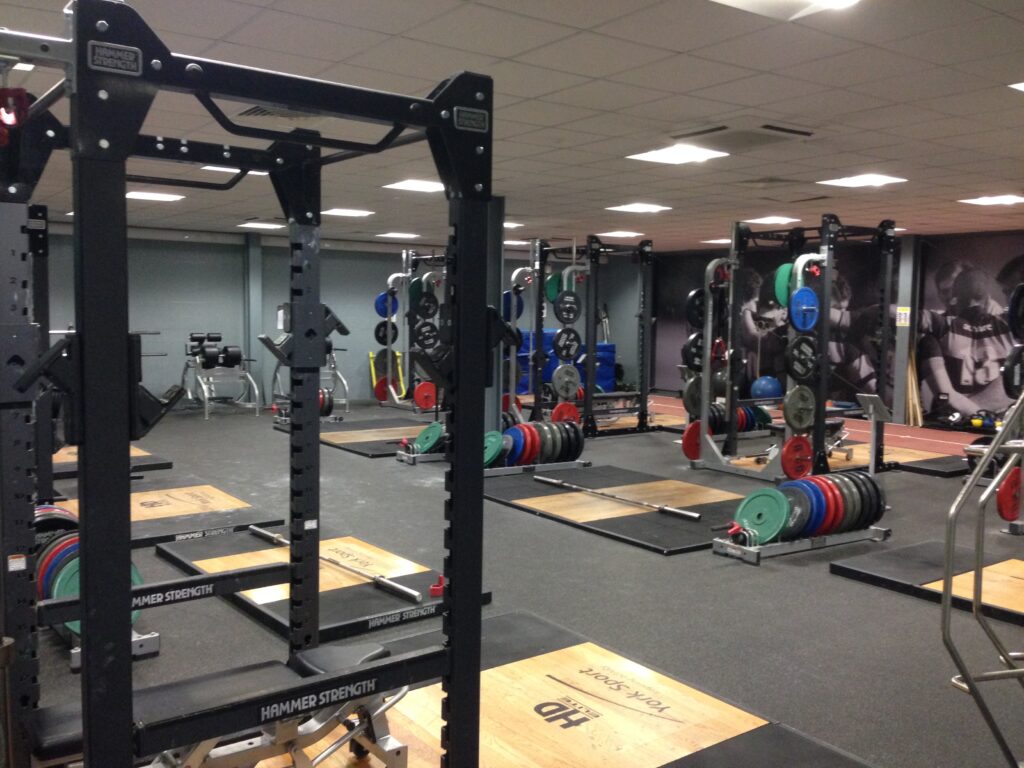“The problem with back squatters…”

The problem with back squatters…
First of all, I’d like to clarify that I have no problem with the back squat at all. In fact I’ve used them extensively with athletes, clients and in my own training for years. It is a fantastic exercise, especially for building maximal strength, if performed correctly.
The problem I have is the number of people i see using the back squat as an entry level exercise in the gym. It’s not.
The main issues you see time and time again are scary to watch due to the inevitable injuries that are likely to follow.
Key problems you see include:
• lack of range in the movement (yes, I know about the current interest in partial squats in athletic populations…these are different!)
• wobbly knees
• knee valgus (inward collapse)
• excessive forward lean
• t-spine collapse and/or spinal flexion
All of these lead me to the conclusion that the back squat is too advanced for that individual, at that stage.
Now I’m not trying to bash anyone here, I honestly would like to see people lift safely and understand the problem with squatting a 120kg with your knees touching one another. Once you know how to perform this exercise safely, you are going to be able to develop new levels of strength never achieved before.
If you can relate to these issues in the gym and you or a ‘friend’ are struggling with the back squat, then let’s look at how we can resolve these issues once and for all.
The first thing to do is swallow your pride and leave the back squat alone, for now.
Step 1: Learn how to perform the squatting movement – body weight box squats and goblet squats are an excellent method to learn the squatting pattern without excessive external load. Key cues: “chest up, spread the floor with your feet, brace your trunk, sit back and down with your weight slightly towards your heels as you descend”
Step 2: Once the goblet squat is mastered, learn how to front squat. Start with an empty bar and gradually build up the weight. This is a top method to teach upright posture during the squat. Key cues: same as above + “elbows ups”
Step 3: Mastered the front squat? Are your hips and knees stable throughout the movement? Can you maintain an upright torso with a good range of motion? (Note: everyone squats slightly differently based on a number of factors including anatomy, but a good depth to aim for is “top of the thighs parallel to the floor” or below if possible)
Ok, now it’s time to introduce the back squat!
Key cues: same as step 1 + “rest the bar across the top of your traps”
These are the progressions I would recommend leading up to the back squat. This could take a number of weeks or months but it is well worth the time investment to nail the squat, a fundamental human movement pattern, with the potential to make a huge impact on your strength and performance.
Learn how to squat properly in our “Introduction to Strength and Conditioning” 4-week course at York Sport Centre. Email me now at [email protected] to find out more.
